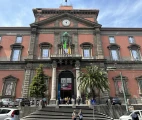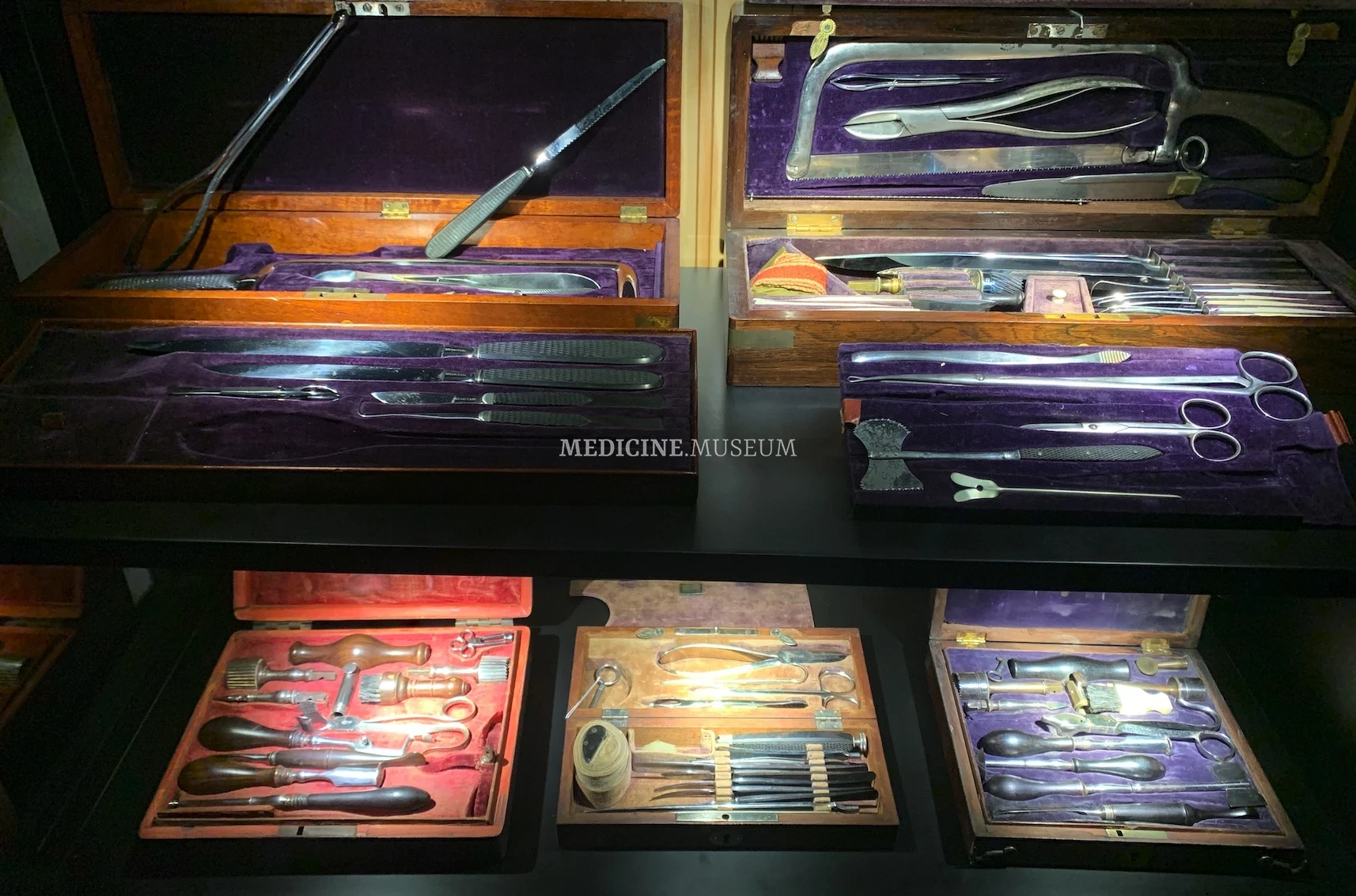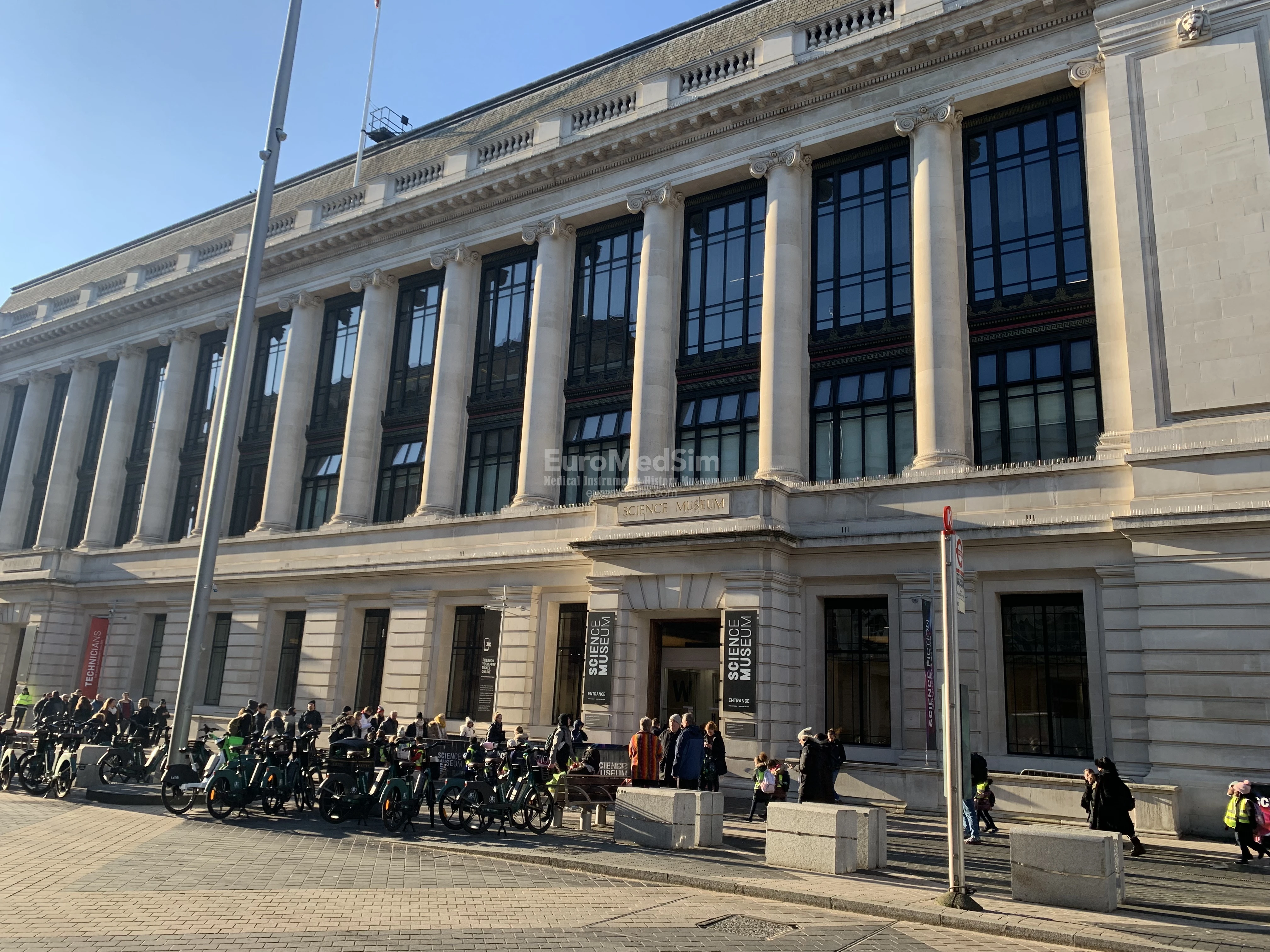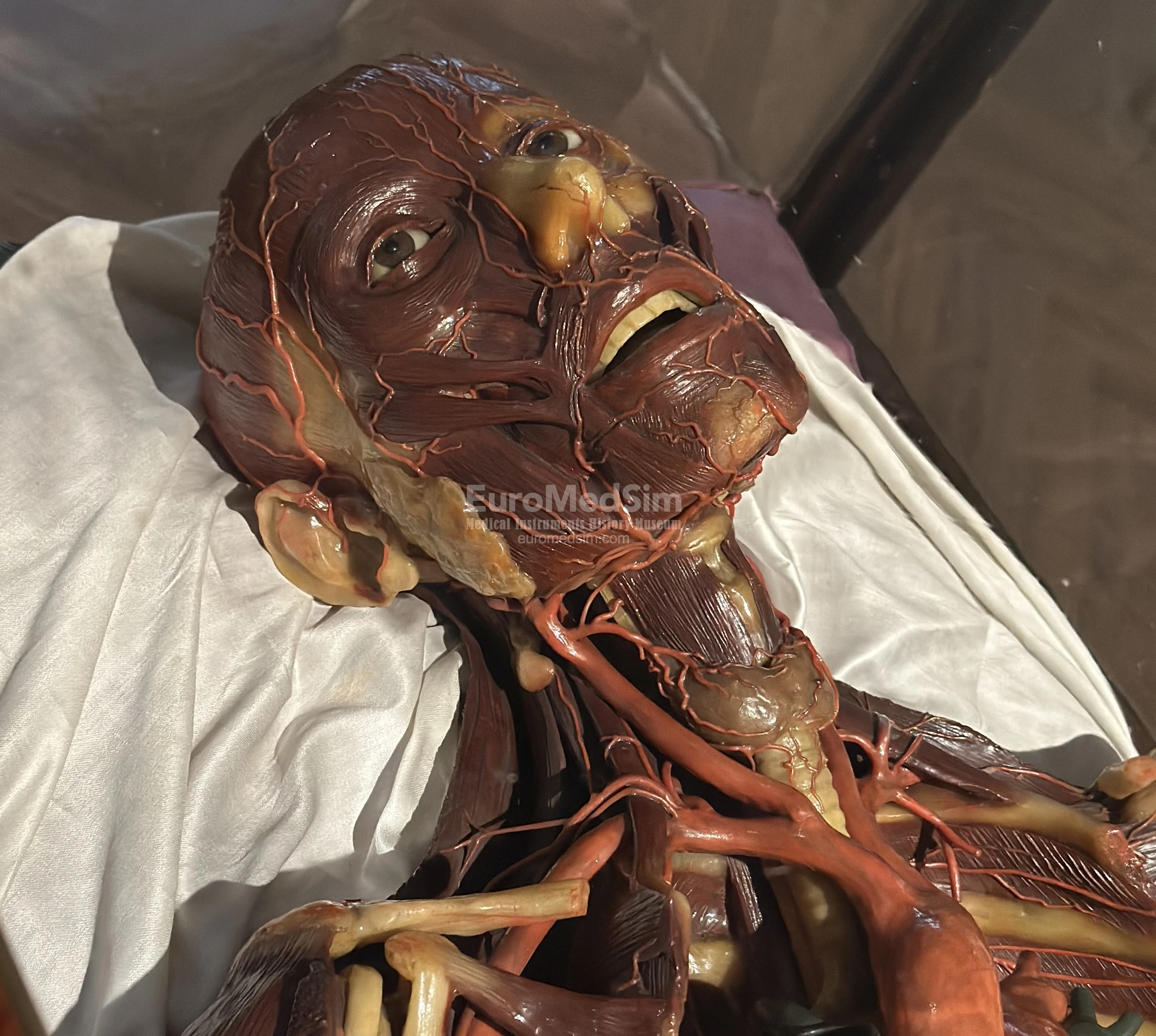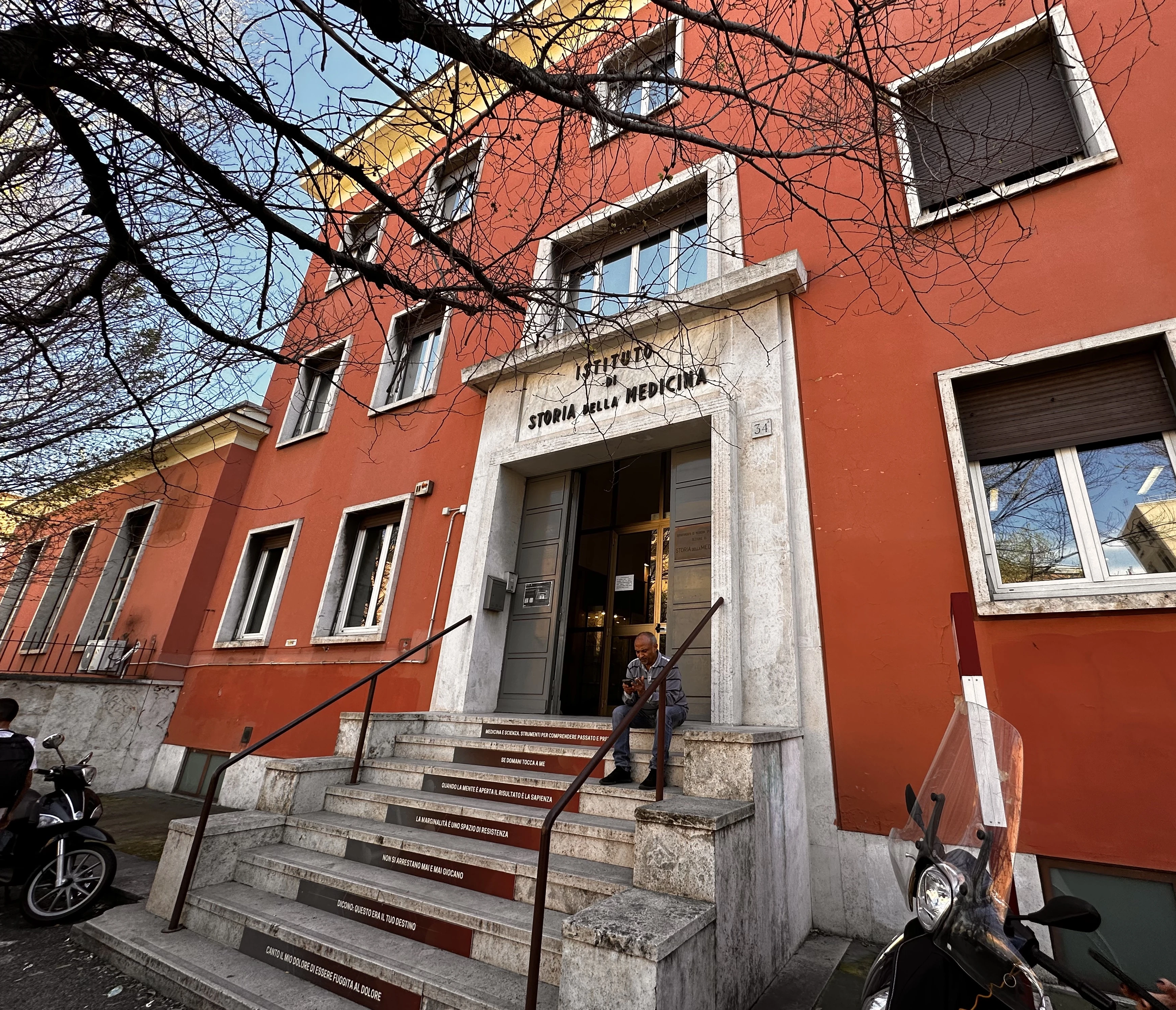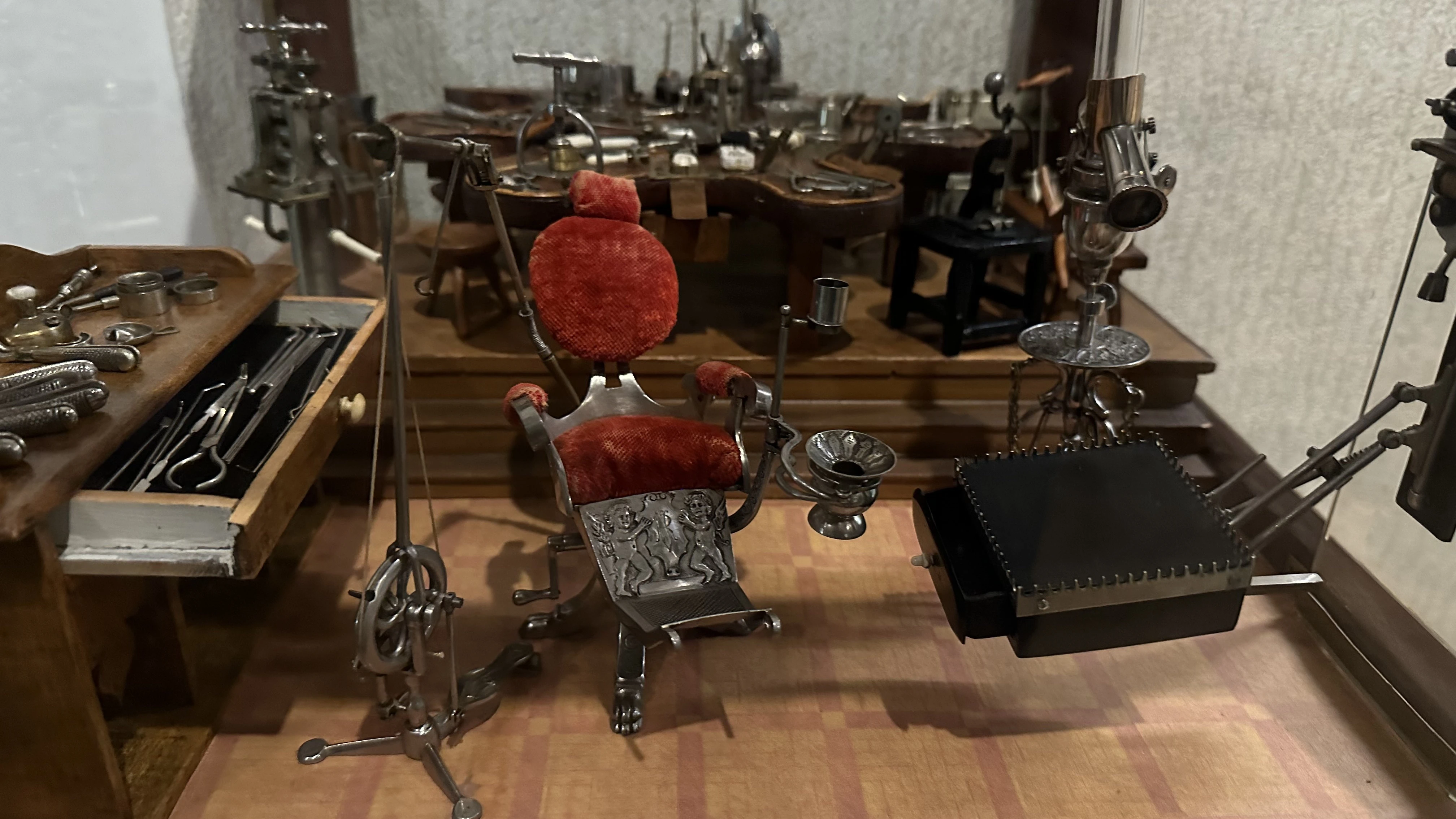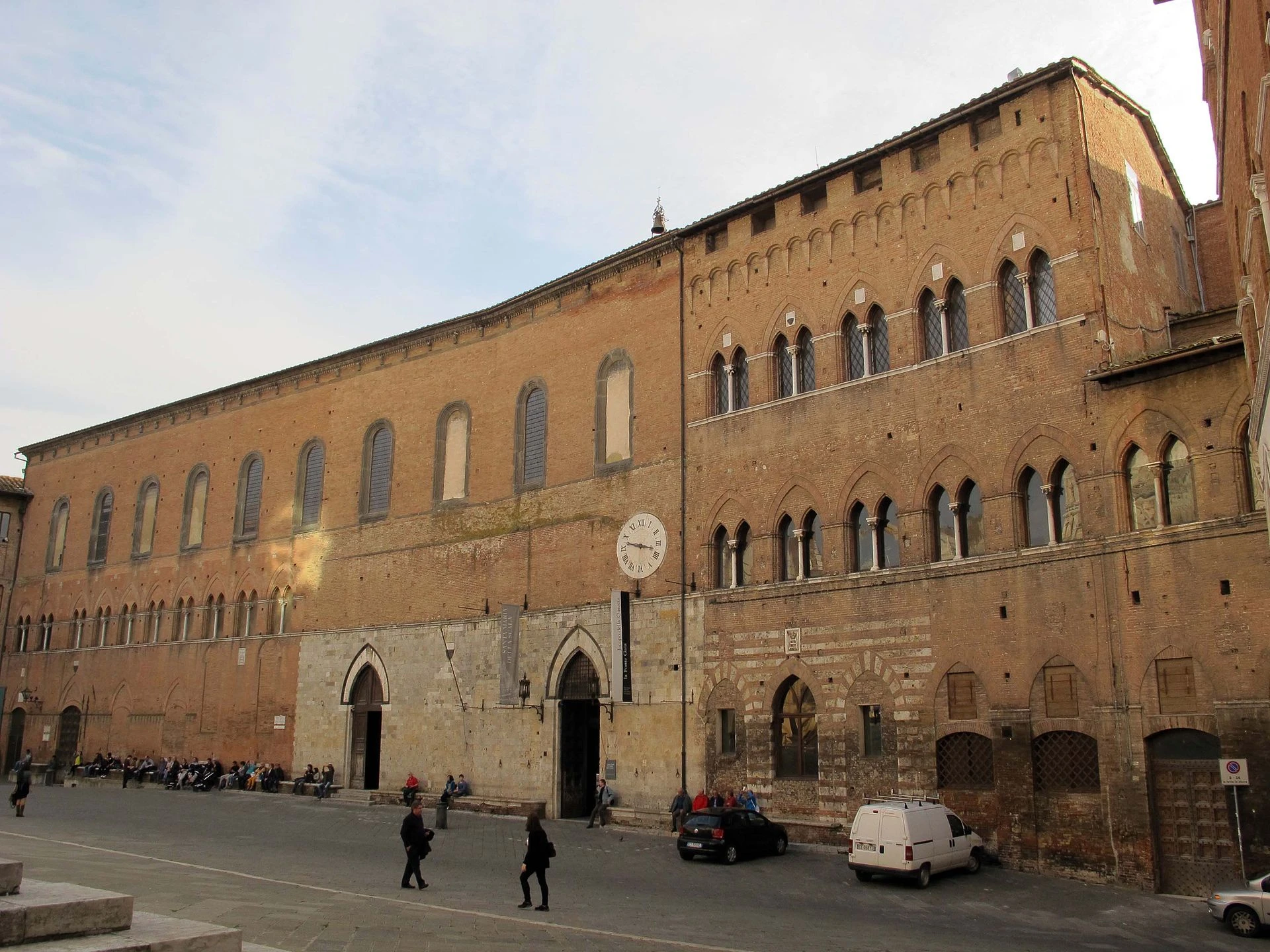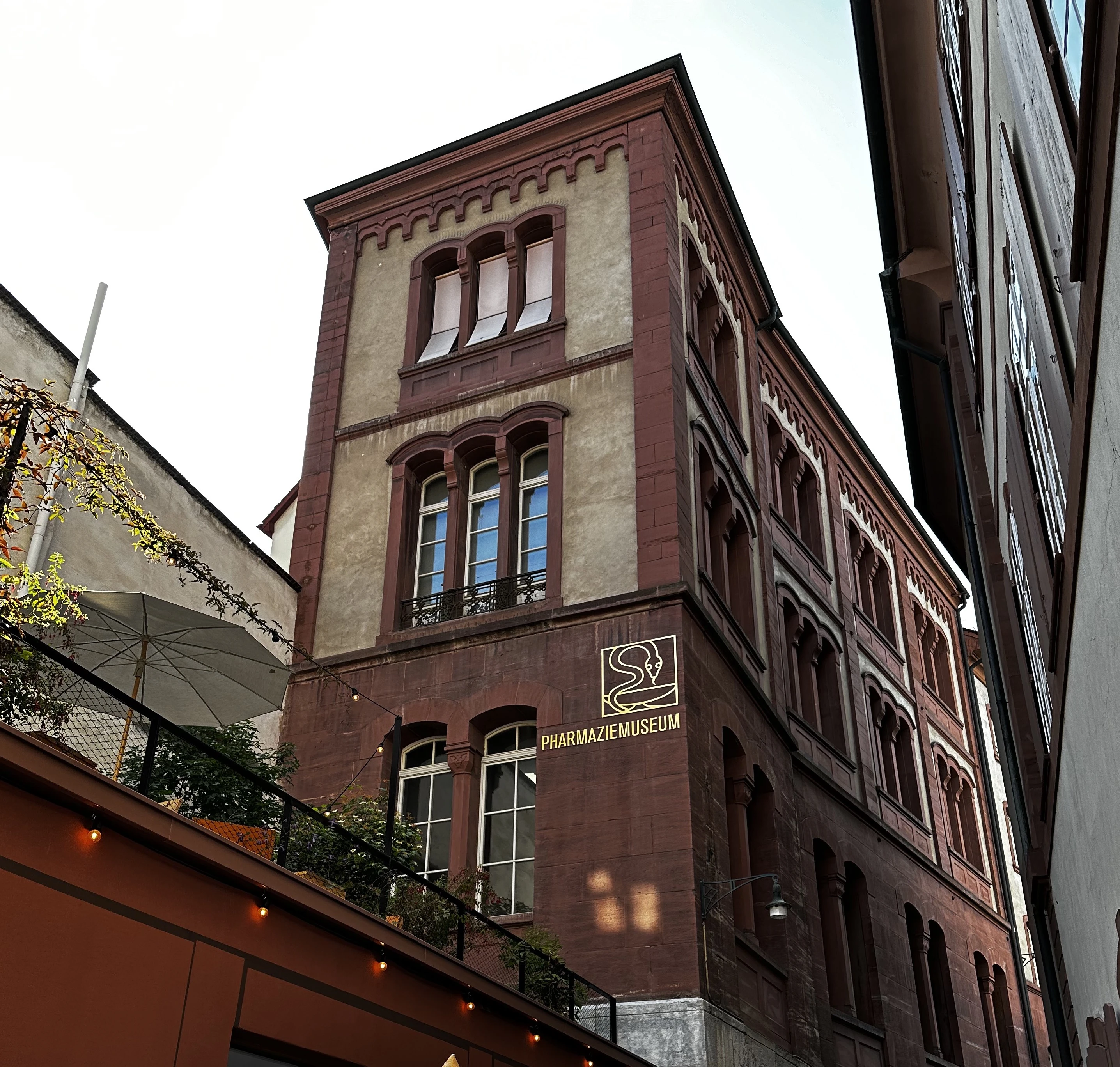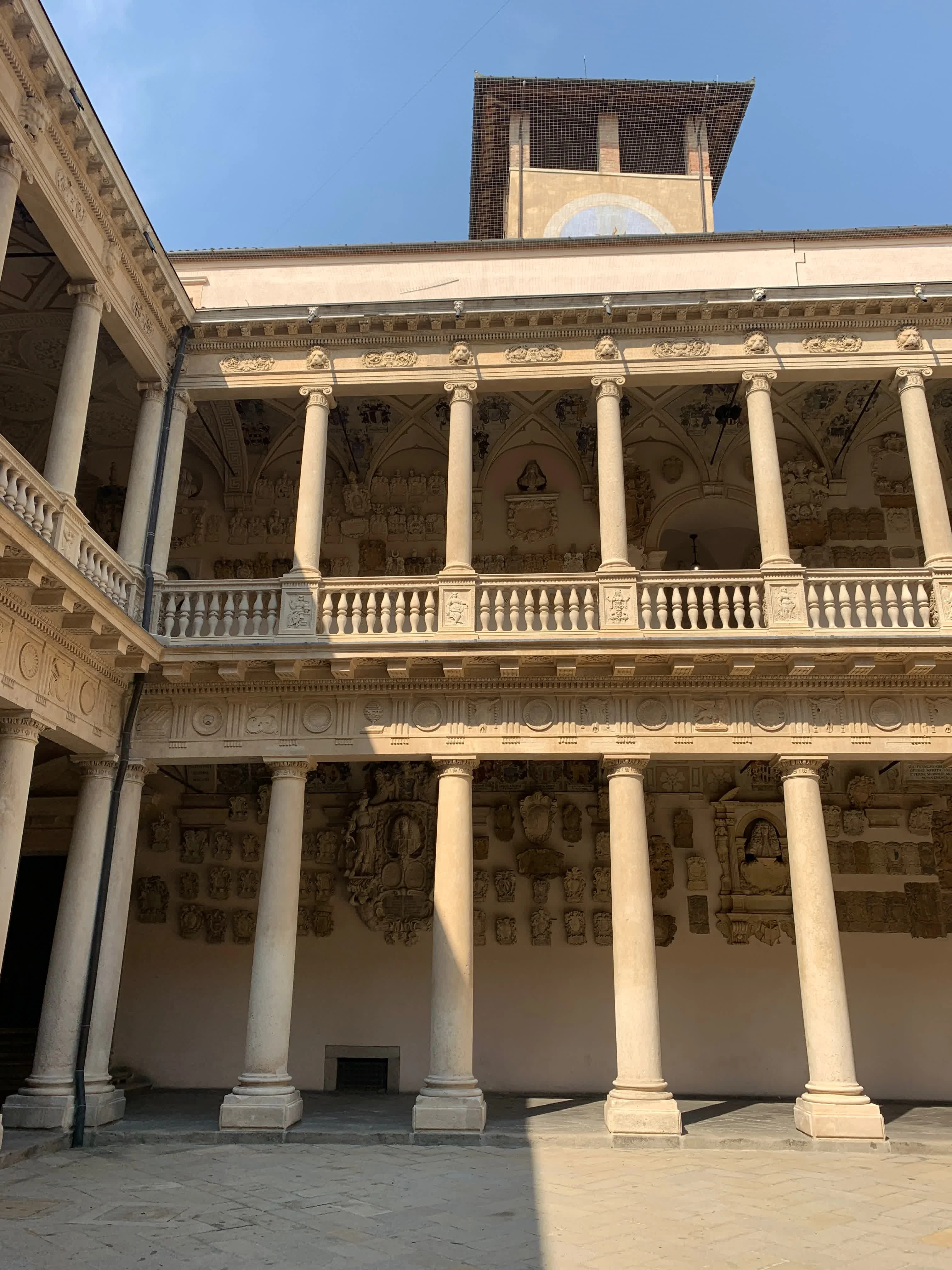Museo Archeologico Nazionale di Napoli (MANN)
The Museo Archeologico Nazionale di Napoli (National Archaeological Museum of Naples) houses one of the most important collections of classical archaeology in the world. Among its treasures, it holds a significant collection of medical and surgical instruments from ancient Rome, many of which were recovered from the ruins of Pompeii and Herculaneum. These cities were famously destroyed by the eruption of Mount Vesuvius in 79 AD, and the ash that buried them preserved a wide array of artifacts, including medical tools, offering a unique insight into Roman medical practices.
The collection includes various surgical instruments that demonstrate the sophistication of Roman medical knowledge and practices. These artifacts include:
Scalpels (Scalpellum): Small, sharp knives used for making incisions. Roman surgeons had different shapes and sizes of scalpels for various types of surgery.
Forceps (Forfex): Used for extracting small objects from wounds or for holding onto small parts during procedures. The variety in sizes and shapes indicates they were used for specific purposes.
Surgical Hooks (Unci): Both sharp and blunt hooks were utilized in surgeries, particularly in procedures like the removal of small pieces of tissue or for holding down flesh.
Bone Drills (Terebra): These were used for penetrating or drilling into bones, likely in trepanation procedures (drilling into the skull) to treat certain conditions like epilepsy or migraines, believed to be caused by demons at the time.
Catheters: These were used for draining fluids and are indicative of the Roman's understanding of the need to remove bodily fluids in certain medical conditions.
Specula: Instruments used for dilating orifices to allow for inspection and surgical procedures, demonstrating an advanced understanding of diagnostic processes.
This collection is not only a testament to the advanced state of Roman medical and surgical knowledge but also provides a fascinating insight into the daily lives and health concerns of ancient Romans. It highlights the sophistication of Roman medical practices, showing that many surgical techniques and instruments had a degree of refinement often associated with much later periods.
Why worth of visiting?
Visiting the Museo Archeologico Nazionale di Napoli offers a rare opportunity to see these instruments up close, along with the extensive collection of art, mosaics, and artifacts from Pompeii, Herculaneum, and other ancient sites, providing a comprehensive view into the ancient world. Along with the medical collection (which, truth be told, is only one single showcase, vitrine), the museum exhibit is well worth the time it takes to visit this magnificent historical and cultural center.

